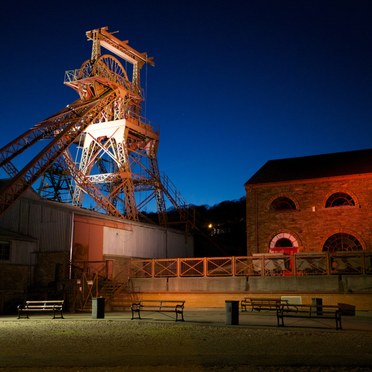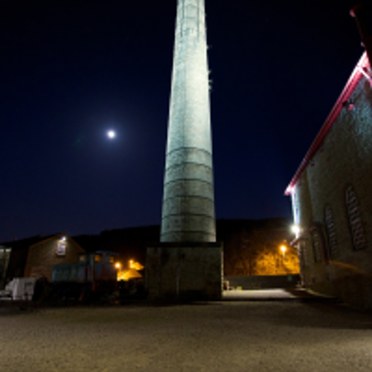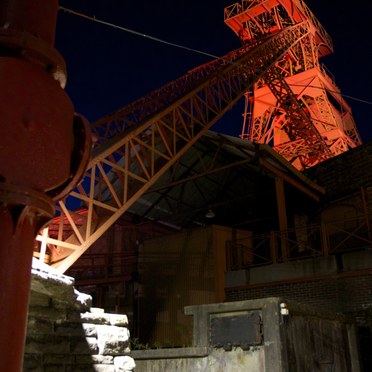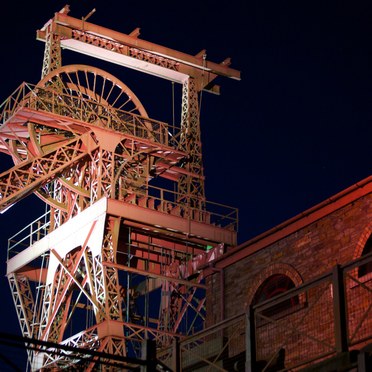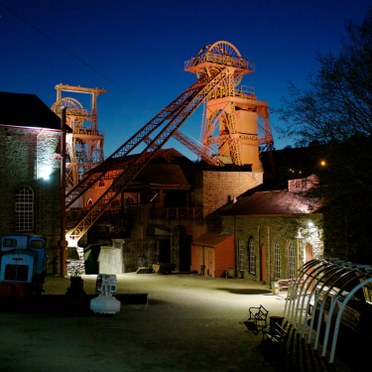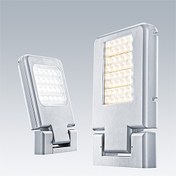Rhondda Heritage Site, UK
Products
- Lamp efficacy
Lamp efficacy
Ensuring the lamp efficiently converts electricity into light (lm/W).
- Ballast classification
Ballast classification
Controlling the electricity supply to the lamp (Energy Efficiency Index).
- Luminaire distribution
Luminaire distribution
Controlling light emission using optics which bend and shape the light to the correct location.
- System efficacy
System efficacy
Combining optical and thermal control within the luminaire (luminaire lm/W).
- Presence/absence detection
Presence/absence detection
Presence: Lights automatically turn on/off with movement. Absence: Lights automatically turn off and must be manually switched on.
- Daylight detection
Daylight detection
Artificial lighting which responds to the natural light conditions.
- Constant illuminance
Constant illuminance
A function designed to produce correct light levels for the duration of the maintenance period.
- Task-scene setting
Task-scene setting
Allowing the user to set scenes and adapt the lighting to different tasks.
- Timed off
Timed off
Automatic cut-off can be installed to turn all lights off during unoccupied hours.
- Task lighting
Task lighting
Lighting task areas with the correct amount of light.
- Zoning of lighting
Zoning of lighting
Lighting is zoned according to area use.
- Maintenance schedule
Maintenance schedule
Maintenance must be performed in response to product age, performance and environment.
- Waste light
Waste light
Eliminating waste light which does not hit the intended target.
- Reflectance
Reflectance
Taking advantage of light which is reflected from the surface within the space.
- Visible smart metering
Visible smart metering
Results of actions can be quickly seen as increased or decreased energy use to encourage responsible energy consumption.
New lighting gives energy efficient facelift to feature floodlighting at heritage museum
Between 1860 and 1939 the Rhondda Valleys were one of the world's most important coal mining regions. Despite Rhondda being home to nearly 80 collieries, the Lewis Merthyr Colliery was the only one saved from demolition and preserved. In 1989 the Lewis Merthyr Colliery reopened as Rhondda Heritage Park – a tourist attraction offering an underground experience tour, replica village street, children's play area and more. As a returning customer impressed by Thorn's high quality products and design expertise, Rhondda Cynon Taf County Borough Council (RCTCBC) approached Thorn once again. This time the brief was to design a new lighting solution to upgrade and improve the feature lighting of the colliery's Grade 2 Listed chimney, steel wheel towers and car park.
Lighting objectives
The existing lighting from Thorn was a mixture of metal halide and Sonpak high pressure sodium floodlights with by now poor beam control and a total annual energy consumption of 9958.3 kWh.
In order to meet Local Authority requirement’s, the lighting objectives were to significantly reduce energy consumption and maintenance while enhancing the Heritage Park and surrounding area.
Standing at 50 metres and with a 360° viewing angle, the chimney required particularly careful lighting design to ensure even illumination with no waste light.
Lighting solution
Working directly with RCTCBC, Thorn’s specialist design team conducted a site visit before developing a CGI to demonstrate how the new lighting would illuminate the park. This was particularly important because there was no performance specification to work to.
Following approval of the CGI, the old lighting was replaced with an energy efficient, low maintenance LED lighting solution. This included Thorn’s Contrast 2 floodlight with a narrow beam reflector for the chimney and steel wheel towers, Leopard LED bulkhead for the perimeter and Olsys Area floodlight for the car park, courtyard and play area.
Where possible existing mounting positions were used. Where the position was too dangerous however, Thorn established new locations to ensure safe and easy access for cleaning and maintenance. By relocating some floodlights, the overall number of fittings was reduced.
Results and benefits
The feature lighting at this Heritage Park has had a spectacular facelift. The use of LED with precise beam optics ensures light is projected where is it needed on the chimney and winding gear, and not into the sky. As well as enhancing the overall lit effect and saving energy, this significantly reduces waste light.
With a 75% reduction in energy consumption, the new lighting will reduce annual energy costs by more than £890.
Customer feedback
Energy Manager at RCTCBC, Jon Arroyo, says: “My experience of working with Thorn has once again been one that I would describe as both professional and supportive with high quality products that I trust.”
“I had an idea of what we needed to do as there was existing oldand failing sodium lighting but had no clue of what power LED fittings would be required. During Thorn’s site visit we discussed design ideas and I was really impressed when the Thorn design showed plots and 3D representation of the lit effect. The CGI was very reassuring of what we might expect.”
“The focus of the project was to achieve energy as well as maintenance savings and I’m delighted that Thorn met all of our objectives for this project. The lights are compact and discrete and will hopefully serve us well to create a focal landmark at the gateway to the Rhondda Valleys.”
“I was particularly impressed with the support and response we have received from Thorn. Thorn has been involved in the project rather than just giving us a catalogue of fittings and leaving it to us to choose. Special thanks go to my dedicated Account Manager for his efforts and support. He certainly goes the extra mile to make these projects work.”
Key facts
• Lighting design CGI created by Thorn’s Lighting Design Centre to demonstrate how the new lighting would look
• LED fittings deliver 75% energy reduction and long LED lifetime of up to 50 000 hours for low maintenance
• Visual appeal of the Rhondda Heritage Park significantly enhanced
• All client targets and objectives met
- Rhondda Heritage Site, UK
(PDF/
301 KB)
Please click to download the Casy Study as a PDF

